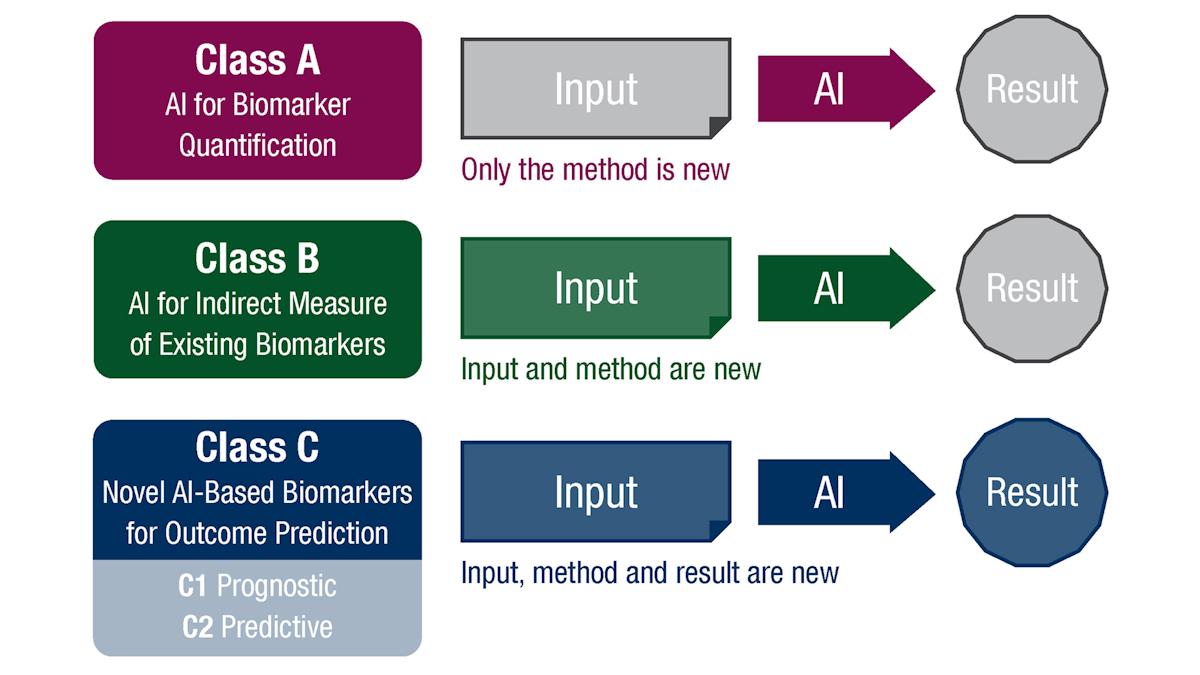ESMO: J&J’s Tagrisso challenge, and other highlights

With Europe’s premier cancer congress ESMO now finished, we close our coverage with a look at some other important new studies that generated a buzz at the show.
Top of the list are the MARIPOSA and MARIPOSA-2 studies of Johnson & Johnson’s EGFR and MET-targeting bispecific antibody Rybrevant (amivantamab) in combination with other therapies for locally advanced or metastatic EGFR-positive non-small cell lung cancer (NSCLC), both as first-line therapy and an option after relapse.
In MARIPOSA, the combination of Rybrevant with oral EGFR inhibitor Leclaza (lazertinib) was shown to be more effective than AstraZeneca’s oral Tagrisso (osimertinib) on its own – the current standard of care – at extending progression-free survival in treatment-naïve patients, reducing the risk of disease progression or death by 30%.
J&J trumpeted the data, referring to Rybrevant and Leclaza as the new first-line standard of care as it tries to topple Tagrisso as the top therapy for these patients. The PFS improvement was offset, however, by a higher side-effect burden and the practicalities of adding Rybrevant into treatment as an intravenously-administered antibody, which make the outcome of that rivalry hard to gauge.
Meanwhile, in MARIPOSA-2, Rybrevant plus chemotherapy, given with and without Leclaza, was found to significantly improve PFS by 64% and 63%, respectively, when used as a second-line therapy for patients whose cancer had relapsed after first-line EGFR treatment with Tagrisso. Resistance to EGFR drugs develops in almost all patients with this type of cancer. Once again, there were additional toxicities over standard second-line care.
AZ had a new study of its own to present, stemming from its successful partnership with Daiichi Sankyo on antibody-drug conjugates (ADCs) for cancer, although the data got a muted response.
In the TROPION-Lung01 trial, TROP2-directed ADC datopotamab deruxtecan (Dato-Dxd) achieved a statistically significant improvement in PFS, reducing the risk of disease progression or death by 25% when used second-line for locally advanced or metastatic NSCLC, with a 37% reduction in patients with non-squamous tumours. There was also a trend towards improved overall survival in the trial, but the ESMO discussant said the results were disappointing, as the increase in PFS was brief – at just one month – and there is “little hope “ of showing an OS benefit.
There were disappointing results for Immunocore’s Kimmtrak (tebentafusp), the first cancer therapeutic based on T-cell receptor (TCR) technology to be approved by the FDA, in a follow-up to the IMCgp100-202 study that underpinned its FDA approval for metastatic uveal melanoma last year.
The new data revealed an OS rate of 27% for Kimmtrak compared with 18% for patients treated with the investigator’s choice of therapy after three years, a difference which, according to the ESMO discussant, suggests that only a small proportion of patients get a long-term benefit from treatment. Immunocore disagreed with that assessment, saying the data “further solidif[ies] Kimmtrak as the first-line standard of care “ for this type of cancer.
J&J followed up its Rybrevant data with a presentation of phase 2 data from the THOR-2 study of oral pan FGFR inhibitor Balversa (erdafitinib), which compared the drug to investigator’s choice of intravesical chemotherapy in patients with high-risk non–muscle-invasive bladder cancer (NMIBC). The results revealed a 72% reduction in disease recurrence or death with erdafitinib, although, tolerability was a problem with a third of patients having to discontinue treatment with the drug.
Balversa was approved for FGFR-mutated locally advanced or metastatic urothelial carcinoma (mUC) in 2019 and, according to J&J, has blockbuster potential, though sales haven’t grown to the extent that they are broken down in the company’s financial reporting.
Meanwhile, J&J also reported results from the phase 2b SunRISe-1 study of TAR-200, an investigational intravesical formulation of gemcitabine, in patients with NMIBC unresponsive to first-line BCG therapy, with 77% of patients having a complete response to the drug.
In colorectal cancer, Bristol-Myers Squibb’s combination of PD-1 inhibitor nivolumab and LAG-3 inhibitor relatlimab – sold as Opdualag – showed an encouraging 79% pathological complete response (pCR) rate in the NICHE-3 study, which enrolled patients with locally advanced, MMR-deficient (dMMR) colon cancer.
Opdualag was approved for unresectable or metastatic melanoma last year, and BMS is looking at extending its use into a number of other cancer types, with colon cancer its first target as it attempts to build the new drug into a $4 billion-a-year blockbuster.
Finally, Eli Lilly’s Retevmo (selpercatinib) was shown to prolong PFS in RET-mutant medullary thyroid cancer compared to two approved therapies – Exelixis’ Cabometyx (cabozantinib) or Sanofi’s Caprelsa (vandetanib) – when used as first-line therapy in the phase 3 LIBRETTO-531 study.
Retevmo, which is approved to treat RET-mutated cancers, including lung and thyroid cancers, was associated with a higher overall response rate and better tolerability than the rival drugs, with fewer dose reductions and treatment discontinuations, and should now be the first-line drug of choice for this type of cancer, said Lilly.













